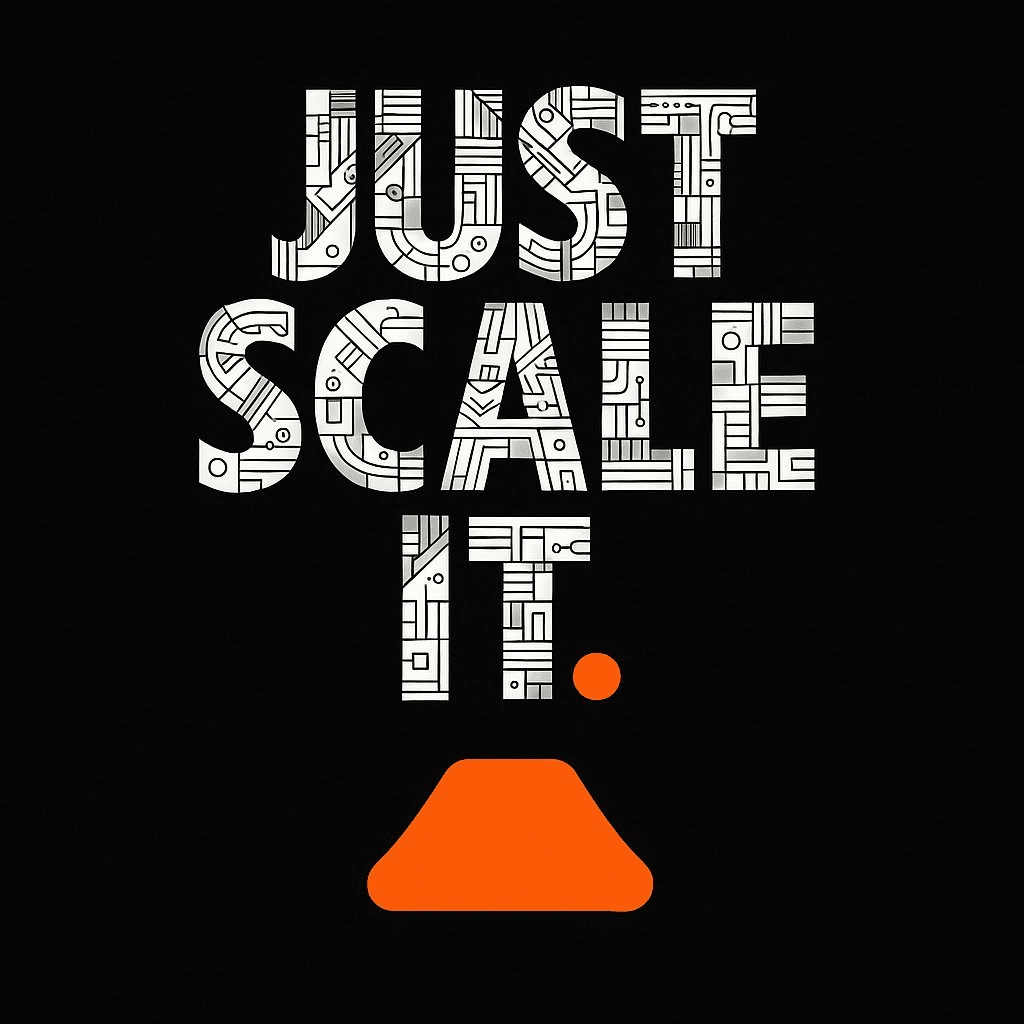In 2008, Apple's App Store launched, completely changing the internet landscape.
Countless entrepreneurs can publish applications within Apple's ecosystem, instantly reaching global users.
At that moment, applications no longer belonged to a few giants, but to every developer.
Today, Caldera (ERA) is opening the same door for Web3: it is not a 'copy' of the App Store, but a decentralized entry point for on-chain applications.
If Apple enabled everyone to create mobile applications, Caldera enables everyone to create 'on-chain applications + custom blockchains'.
1. Rollup is no longer a 'technology', but an 'application container'.
Most articles will tell you: Caldera is a modular rollup network.
But looking at it from another angle:
Rollup in Caldera is like an 'application container'; developers do not need complex operation and maintenance, they just need to put the logic in like writing an app, while Caldera takes care of security, connectivity, and performance, just like the SDK and distribution channels provided by Apple.
This means the entry barrier for blockchain applications has been greatly lowered, just like back in the day when 'you could publish an app on the App Store'.
2. From the user's perspective: the competition is between 'applications', not 'chains'.
In the past Web3 world, when users entered a new protocol, they often had to understand complex concepts like chains, tokens, and gas fees.
But in the Caldera ecosystem:

What users download is a 'decentralized application'; they hardly need to know which rollup it runs on, just like when using WeChat, no one cares whether it runs on Alibaba Cloud or AWS.
When the experience returns to the application itself, users will truly flock into Web3.
3. The role of ERA: dual incentives for developers and users.
If we compare Caldera to the App Store, then ERA is the 'developer account + profit-sharing mechanism':
For developers: staking ERA can launch their own rollup, equivalent to a 'listing license';
For users: ERA provides incentives in interaction and governance, making applications not just 'toys', but capable of accumulating value.
This mechanism binds developers and users together, forming a snowballing ecological effect.
4. Why is this the 'App Store moment'?
Back then, the explosion of the App Store was not because Apple had superior technology, but because it solved the distribution and experience issues.
Caldera is also addressing the two major pain points of blockchain applications:
Distribution: through interconnected rollups, applications inherently possess cross-chain accessibility.
Experience: modularization lowers the deployment threshold, allowing developers to focus on application logic.
This is the 'App Store moment': developers flock in, users flock in, applications explode, and the ecosystem takes off.
Conclusion
Caldera (ERA)'s ambition is not just to do rollup technology, but to replicate the most significant turning point in internet history:
Making blockchain applications go mainstream, allowing developers' creativity to be fully unleashed.
The next 'on-chain WeChat' or 'on-chain Douyin' is likely to be born in the Caldera ecosystem.
🔥 In short:
Caldera is not a rollup network, but the 'App Store moment' of Web3.@Caldera Official #Caldera $ERA